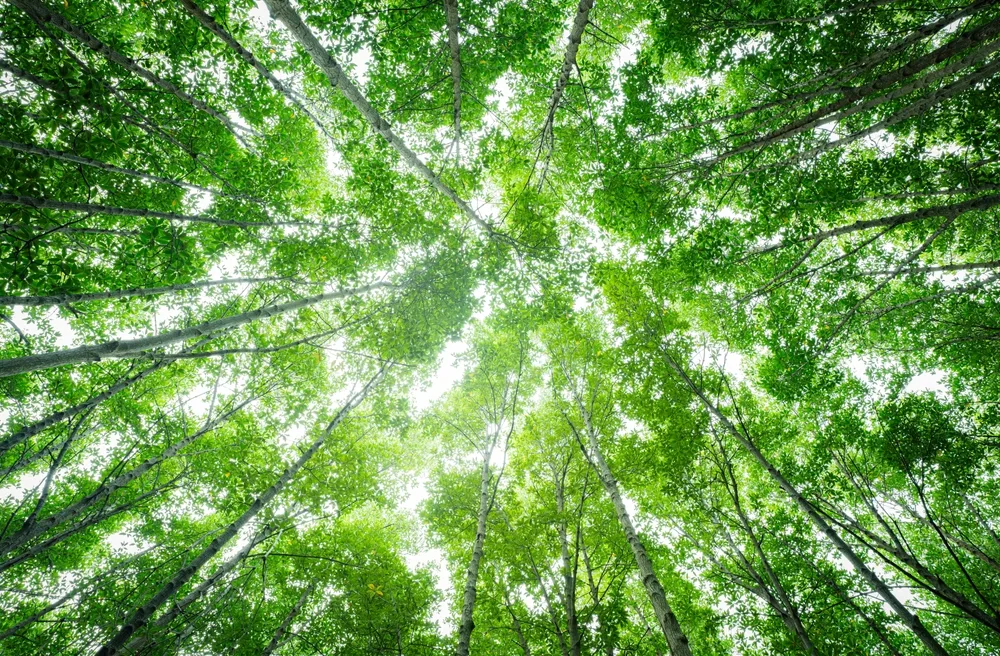Plant ecology is vitally important for anyone working in horticulture, agriculture, conservation and environmental management. Understand the nature and principles of plant ecology and apply that understanding to the cultivation and conservation of plants. Learn basic ecology, plant communities, soil, water and climatic effects on plant ecology, plant adaptations and more.
Course Aims:
- Define the term ecosystem
- Explain the importance of plants as energy producers within ecosystems
- Explain basic ecological principles
- Define the terms open and closed plant communities, semi-natural vegetation, dominant species, climax association.
- Describe the effects of plant association and competition on the succession of plants
- Describe how plant communities respond to environmental stresses.
- Explain how the development, structure and function of an organism depends on the interaction of that organism with its environment
- Describe the effects of a range of abiotic environmental factors on plant growth and development
- Explain the importance of monitoring abiotic environmental factors
- Describe plant modifications to withstand extreme environmental conditions
- Describe the weather and climate in a particular region.
- Relate plant distribution, growth and natural selection to soil, geography, weather and climate. State how soil, geography, weather and climate affect the horticulturist’s selection of plants for any specific growing location.
- Evaluate the use of meteorological records in relation to plant growth and development
- Define the terms xerophyte, hydrophyte and halophyte
- Describe the structure and function of xerophytes, hydrophytes and halophytes
- Describe how xerophytes, hydrophytes and halophytes can be utilised in garden or landscape situations
- Describe the significance of xeromorphy in temperate zone plants and its importance in the garden or landscape situation.
- Evaluate the methods by which environmental conditions can be manipulated to improve the growth and development of plants
- State the factors affecting the choice of plants for garden or landscape sites with extreme conditions
- Assess the value of using protective structures to grow plants
- Describe the sources and nature of pollutants and possible effects on plants
- Describe how the environment may be affected by a range of horticultural practices
- Explain how planning, environmental assessment and impact analysis may contribute to the conservation process
- State the major sources of grant aide available to support environmental conservation on horticultural sites
- Review the role of national and international organisations in the conservation of plants and gardens.
There are 8 Lessons in this course:
- Introductory Ecology
- Definitions for ecology, ecosystems
- Constituents of an ecosystem
- Ecological concepts
- Interrelationships between climate, soil and living things (consumers, decomposers)
- The food web
- Habitat and niche
- Biomes
- Terminology
- Plant Communities
- Open and closed plant communities
- Habitat types
- Location and characteristics of biomes
- Semi natural vegetation
- Competition
- Succession of plant communities
- Community stability and equilibrium
- Environmental stress
- Edge effects
- Terminology
- Plants and their Environment
- Development, structure and function
- Plant modifications: functional adaptions
- Environmental factors: light, temperature, fires, wind
- Monitoring abiotic factors
- Introduction to Environmental assessment
- Pre purchase inspection of a site
- Background data
- Flora and fauna surveys
- Open space management plans
- Compliance with licencing conditions
- Detection of pollutants
- Use of plants
- Remediation of a polluted site
- Plants, Soils and Climate
- Natural conditions and plants distribution
- Climate classification
- Examples: climate in the UK, climate in Australia
- Meteorological data
- Plant distribution
- Geographic location
- Rainfall
- Evaporation
- Effective rainfall
- Circulation features
- The walker circulation
- Southern oscillation
- El Nino
- La Nina
- GAIA theory
- Carbon dioxide cycle
- Wind descriptions
- Soil problems
- Erosion
- Salinity
- Soil structure decline and soil compaction
- Soil acidification
- Build up of dangerous chemicals
- Plant Adaptations to Extreme Environments
- Ecological groups of plants: hydrophyte, xerophyte, mesophyte, halophyte
- Xeromorphy
- Common environmental problems when growing plants: foliage burn, pollution, lack of water, frost, shade, humidity, temperature, wind, etc
- Desert landscapes
- Xeriscapes
- Coastal gardens
- Water plant environments
- Greenhouse plants
- Manipulating Plant Environments
- Controlling environmental conditions
- Tolerance levels for different plants
- Matching plants with their environment
- Managing light
- Managing water
- Protective structures
- Windbreaks
- Tree guards
- Environmental Conservation
- Water pollution
- Soil pollution
- Atmospheric pollution
- Effects of horticulture
- Pesticides
- Fertilisers
- Deforestation problems
- Loss of agricultural land
- Loss of biodiversity
- Environmental weeds
- The greenhouse effect
- Other environmental problems affecting plant communities
- Greenhouse gases
- Ozone depletion
- Introduction to recycling
- Environmental Organisations, Assessment and Funding
- Plant conservation
- Conservation of individual species
- Conservation organisations
- Conservation funding

